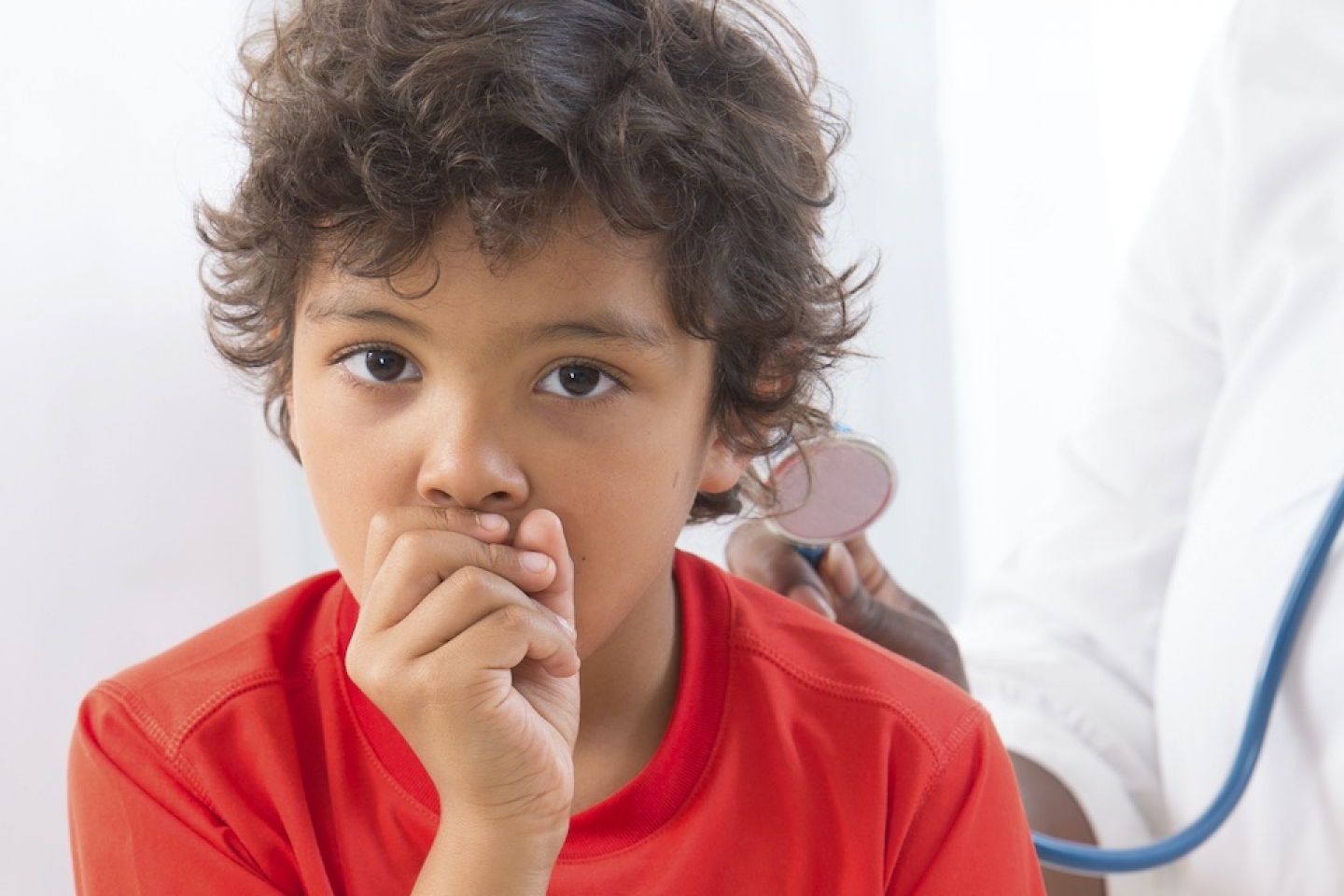
Sneezing, wheezing, coughing, a runny nose and itchy eyes: These common allergy symptoms can make our lives quite miserable, especially during allergy season—from early spring through fall if you live in the northeastern U.S. And children, with their immature immune systems, can be hardest hit of all.
Seasonal allergens include pollen, grasses and weeds, says Dr. Nicolina Wawrin, a pediatrician at Weill Cornell Medicine Primary Care. Children can start to experience allergy symptoms as early as age 2.
Dr. Wawrin advises parents to start giving their child allergy medication 1 to 2 weeks before their symptoms can be expected to appear. Doing so will help dampen the allergic response and mitigate symptoms. Listen to the forecast in February to get a sense of when tree pollen is predicted to arrive on the scene, she says, and plan accordingly.
And then there are year-round allergens, such as dust mites, pet dander and cockroach or mouse droppings.
For parents unsure of the cause of their child’s symptoms, the American College of Allergy, Asthma and Immunology (ACAAI) offers the following suggestion: Before your next appointment with your family doctor or pediatrician, start a diary to keep track of your child’s symptoms and what you believe is causing them. It’s impossible for parents to control everything their children are exposed to, so focus instead on monitoring symptoms.
The pharacy offers a cornucopia of allergy medications, but Dr. Wawrin’s go-to choice is Zyrtec (cetirizine). It should relieve your child’s sneezing, runny nose, cough and itchy eyes, as well as hives and rashes, she says. But if Zyrtec makes your child sleepy, Claritin is a fine alternative. Both of these medications will control allergy symptoms for 24 hours.
Also consider using a nasal spray that contains a mild steroid, such as Flonase or Nasonex. Either of these can be given once or twice daily to reduce swelling and cut your child’s allergy symptoms down to size.
“Allergies increase a child’s risk for asthma,” Dr. Wawrin says. “They tend to increase hyperactivity in the airways, and we’re always on the lookout for that.”
Although there are many types of asthma, they all share the same basic features. It’s a chronic condition that causes inflammation and narrowing of the bronchial tubes—the little passageways that allow air to enter and leave your lungs. Asthma is also surprisingly common in children, affecting approximately 6 million in the U.S. alone, according to the Centers for Disease Control and Prevention.
Often running in families, asthma can be passed along to children through family genetics. Environmental factors, such as exposure to secondhand smoke or air pollution, can also play a role.
Your child may have a cough that lingers for days or weeks, especially at night. Or you may notice a wheezing or whistling sound, especially when your child exhales. More alarming, your child may have trouble breathing, even to the point of a breathing emergency. If these symptoms recur, your child may indeed have asthma; a physical exam with your pediatrician or pediatric allergist will confirm a diagnosis of asthma—or rule it out.
Dr. Wawrin describes two major types of medications for asthma, both available by prescription:
The first is albuterol—a short-acting asthma “reliever,” typically an inhaler, that controls shortness of breath, prolonged cough and wheezing.
But if you find you are giving it several times a week for months, that means your child’s asthma is poorly controlled, and it’s time to add a second, longer-acting medicine: a “controller” inhaler containing a corticosteroid to reduce inflammation and prevent full-blown asthma attacks.
Both of these medicines are extremely safe and effective when used as directed, Dr. Wawrin says.
She further suggests the following routines and remedies that parents can adopt at home to downsize their child’s asthma and allergy symptoms (remember, these conditions are often found together in children):
Your family doctor, pediatrician or pediatric allergist can provide a treatment plan that matches your child’s symptoms, whether these are mild, moderate or severe.